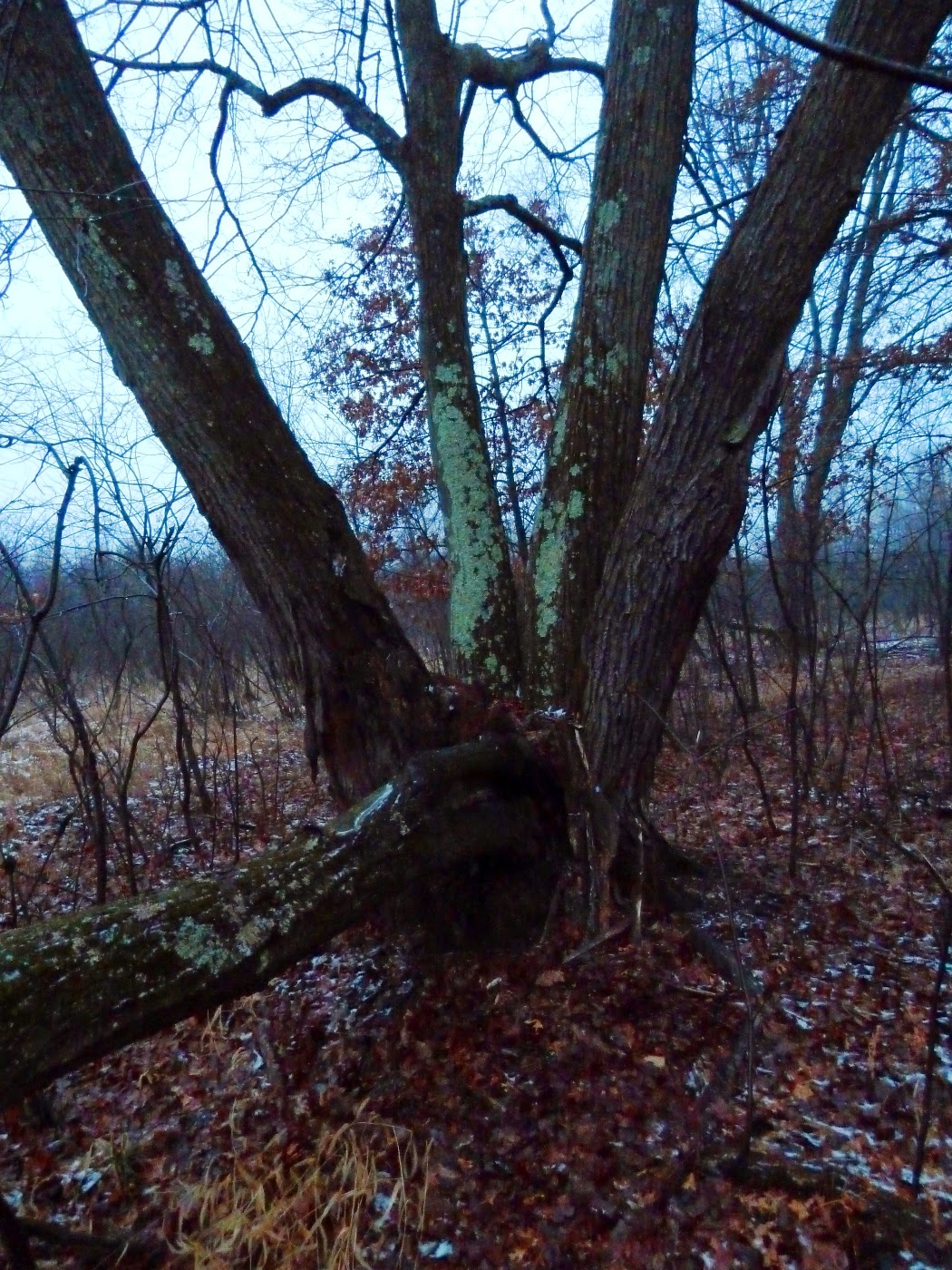APPRECIATING THOSE LITTLE THINGS
I'm slacking today, writing my blog in the warmth of our cabin. It's that time of year when you're beginning to settle into winter. You know you can't deny it any longer, so you might just as well find something warm and wonderful about it. We really don't have to look too hard to appreciate winter in Wisconsin if we give it a little effort.
A few days ago a dear friend, Dorothy, from Montana, sent me a really neat book, "The Snowflake, Winter's Secret Beauty", by Kenneth Libbrecht. This book includes many awesome closeups of snowflakes taken by photographer, Patricia Rasmussen, in Wisconsin. I'll give it 5 stars!
I learned so much about how snowflakes are created and it's indeed true that no two flakes are alike, kind of like identical twins. Although you might think they look just the same, if you check them out closely you'll be sure to find slight differences.
As I looked out the window this afternoon I noticed a few light snowflakes drifting to the ground. This prompted me to head outdoors with my camera and try to capture a few amateur photos of snowflake crystals and/or freeze my fingers, just for fun. I stood near dark surfaces flakes might land on and waited patiently... yes, I need more practice, but here are my best shots.
I also learned from Libbrecht's book that all snowflakes are hexagonal or six sided. Rarely, when two flakes share a center, they may have twelve arms, but never four or eight. Snowflakes are symmetrically perfect because as they grow larger, while passing through the atmosphere, each arm of the flake goes through the exact same conditions.
I am fascinated when I think of how the depth of snow on any surface is made up of millions of tiny snowflakes stacked on top of one another. It's kind of like a sand dune made possible only by the piling up of billions of tiny grains of sand.
If you get a chance, hold out your mitten during a snowfall and really look hard at those tiny snowflakes as they land on it. I know you've done this before when you were a kid, but just do it again! Each snowflake you see will be unique to itself and each one will have six arms... unless it was broken on its amazing trip from the sky... to you!
I also learned from Libbrecht's book that all snowflakes are hexagonal or six sided. Rarely, when two flakes share a center, they may have twelve arms, but never four or eight. Snowflakes are symmetrically perfect because as they grow larger, while passing through the atmosphere, each arm of the flake goes through the exact same conditions.
I am fascinated when I think of how the depth of snow on any surface is made up of millions of tiny snowflakes stacked on top of one another. It's kind of like a sand dune made possible only by the piling up of billions of tiny grains of sand.
If you get a chance, hold out your mitten during a snowfall and really look hard at those tiny snowflakes as they land on it. I know you've done this before when you were a kid, but just do it again! Each snowflake you see will be unique to itself and each one will have six arms... unless it was broken on its amazing trip from the sky... to you!
Thank you, Dorothy!






































